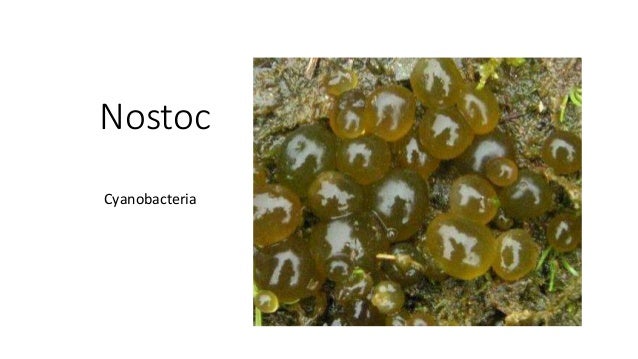I was recently in Baie d'Oro, Ile des Pins, New Caledonia, and the lagoon had dozens of these mysterious green balls rolling around the sea bed:
They varied in size from large grape to small grape, with "skin" less than a millimeter thick and seawater inside, which would squirt out if you squeezed them hard enough or (as the kids soon discovered!) burst if you threw them like snowballs.
What are they? My best guess would be some kind of seaweed sac, but I never saw them attached to anything and they weren't air bladders, since the balls did not float. They're also not marimo, which are solid seaweed.



